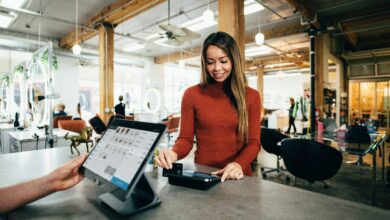The power of personalisation in grocery retail
By Harry Hanson-Smith, vice president of sales Northern Europe, MEA and AP at Dynamic Yield by Mastercard

Over the last four years consumer behaviour has undergone a profound transformation, none more apparent than in the realm of grocery shopping. While some have returned to the aisles of brick-and-mortar stores, a significant portion continue to embrace the convenience of digital shopping for their weekly essentials.







